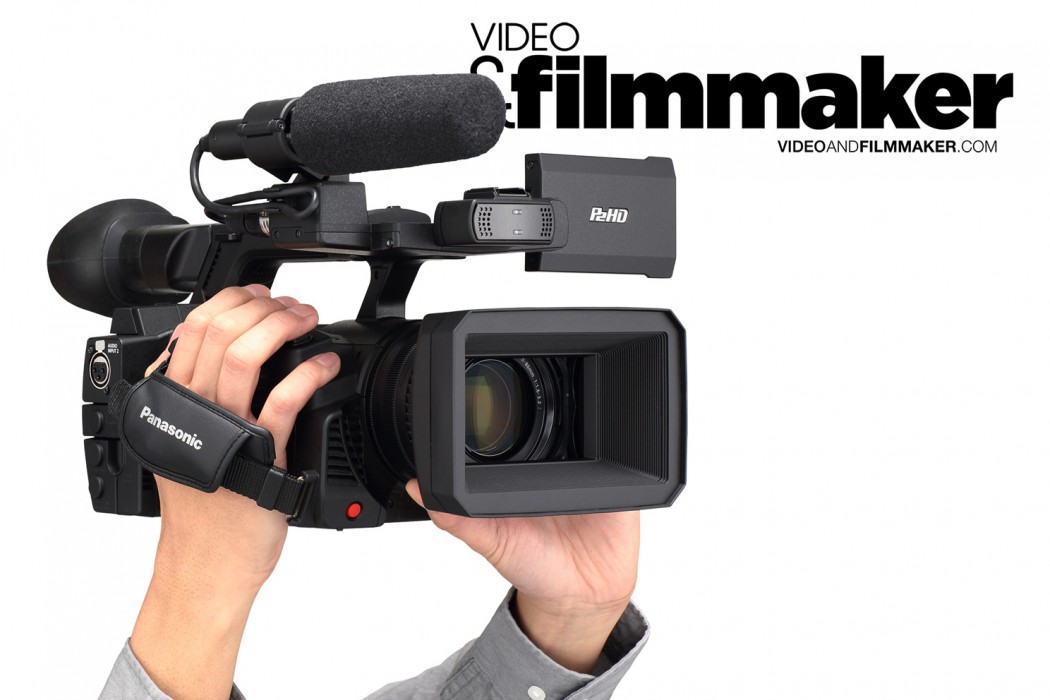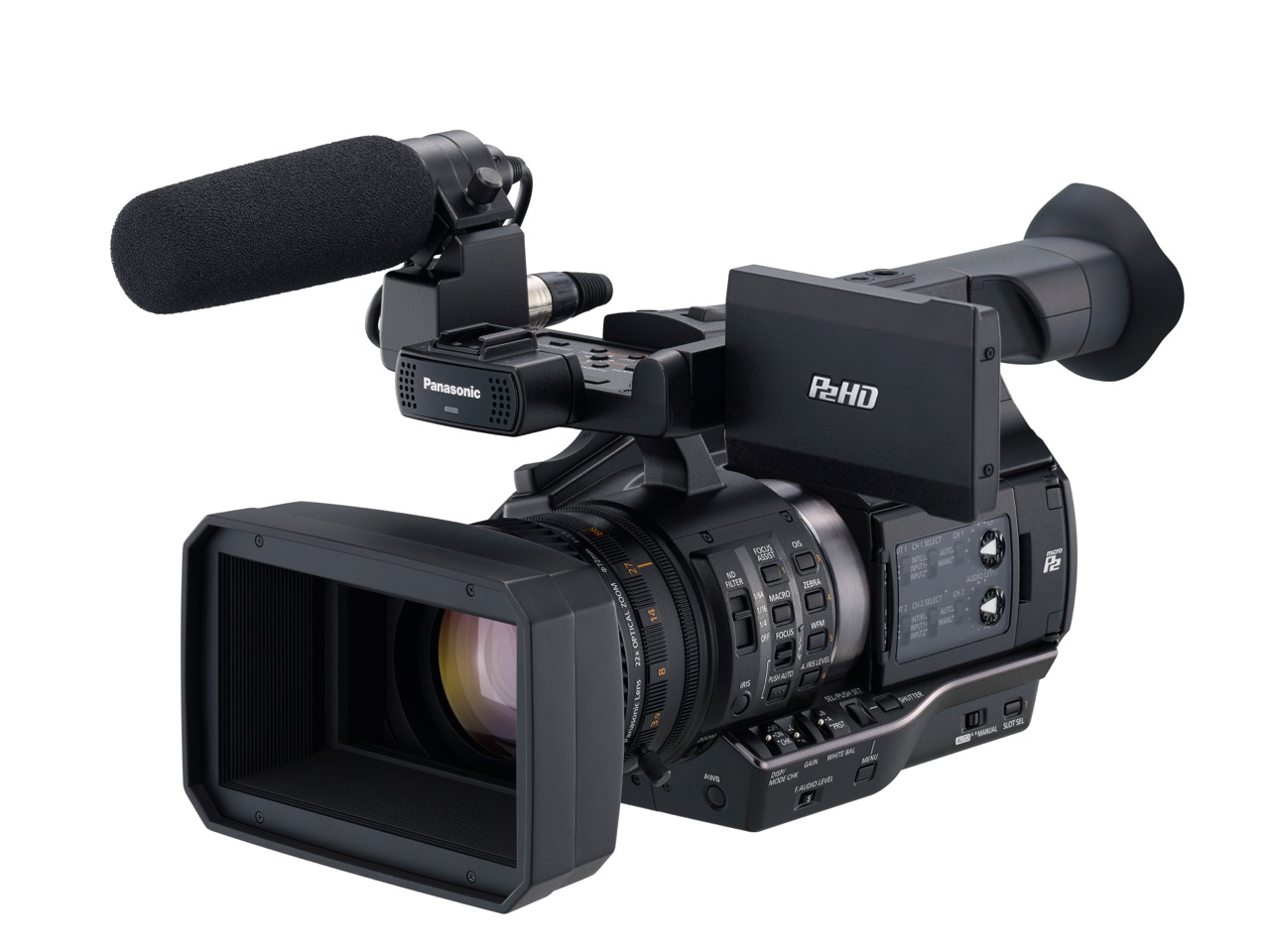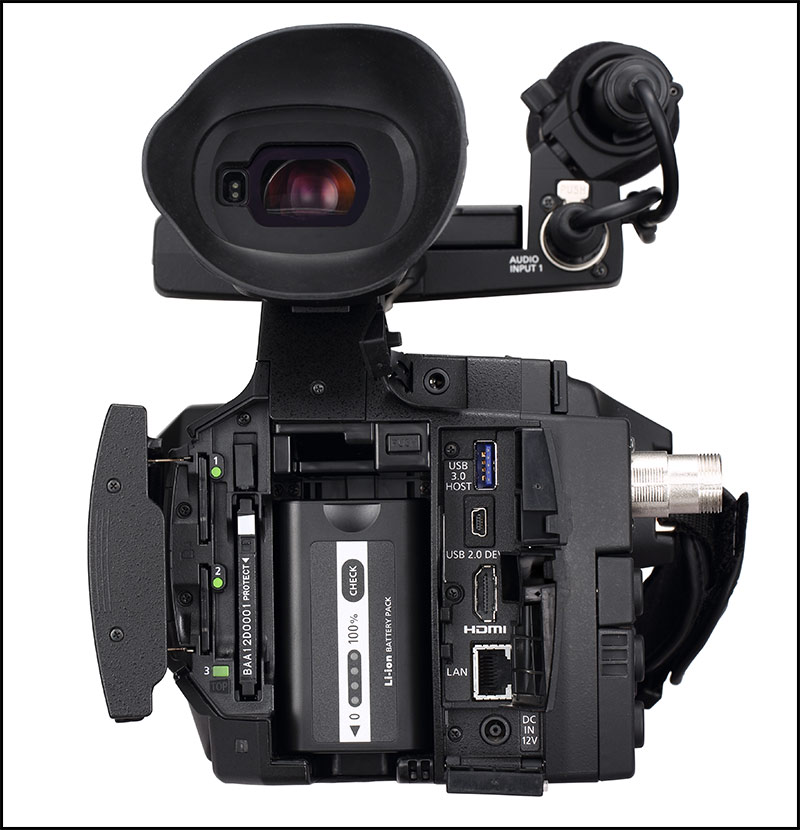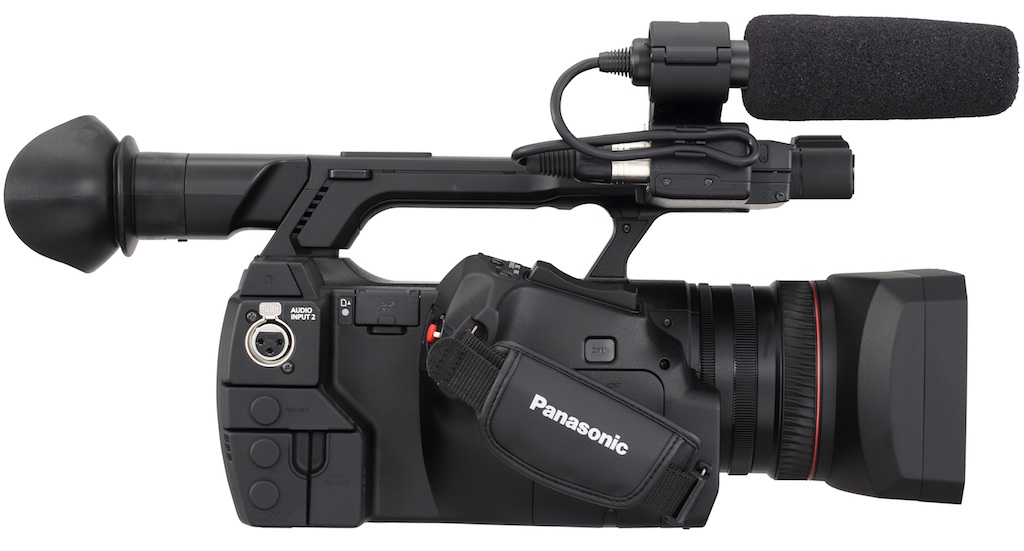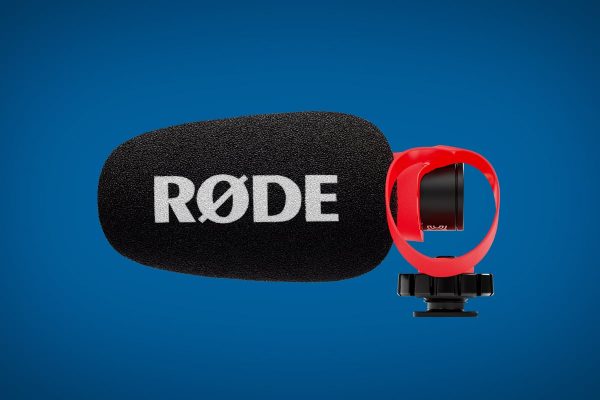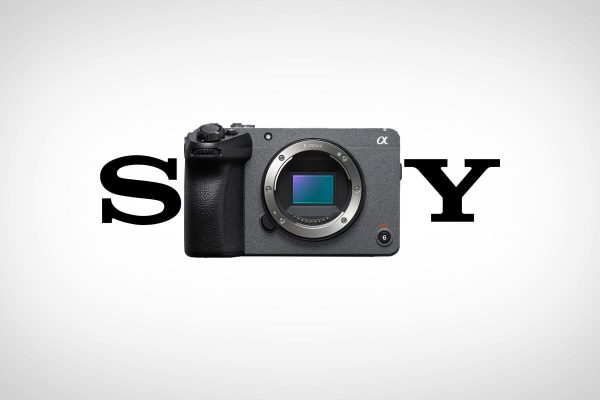Panasonic Business Systems has today released the new AJ-PX270 at its 2014 Roadshow, the company’s first P2 HD handheld camcorder with AVC-ULTRA recording.
Mathew Alexander, Product Manager, Broadcast, Panasonic Australia, said: “The ultimate mobile news acquisition tool, the PX270 is suitable for a wide range of sports, corporate, education and event applications.”
“This handheld camcorder is convenient for broadcasters in the field who want the flexibility of switching between it and the shoulder mounted AJ-PX5000. Features such as streaming, codec and menus are the same for the user, so operation is streamlined.”
Combining the high quality and incredible efficiency of low bit rate recording and the flexibility of 3G or 4G wireless mobility, the 2kg PX270 provides all the key functionality of Panasonic’s high-end, shoulder-mount camcorder (the AJ-PX5000 with AVC-ULTRA). It also features newly- developed high-sensitivity, low-noise 1/3″ 3-MOS imagers to produce stunning pictures, even in low light conditions.
The PX270 is available now from Panasonic Broadcast product dealers and distributors, priced at a recommended retail price of AU$7,700.
With its innovative AVC-ULTRA codec, the PX270 features a wide range of recording modes. For high-quality recording, the camera records in 100Mbps AVC-Intra100, as well as 200 Mbps AVC-Intra200 (optional: available in the near future).
For applications where file size is critical, such as for wireless feeds, the camcorder incorporates a choice of AVC-LongG quality levels, including AVC-LongG50, AVC-LongG25 and AVC- LongG12. These 10-bit, 4:2:2 sampled codecs (LongG50/25*) record in much smaller file sizes, saving storage cost and transfer time while maintaining equal or better video quality to existing legacy codecs.
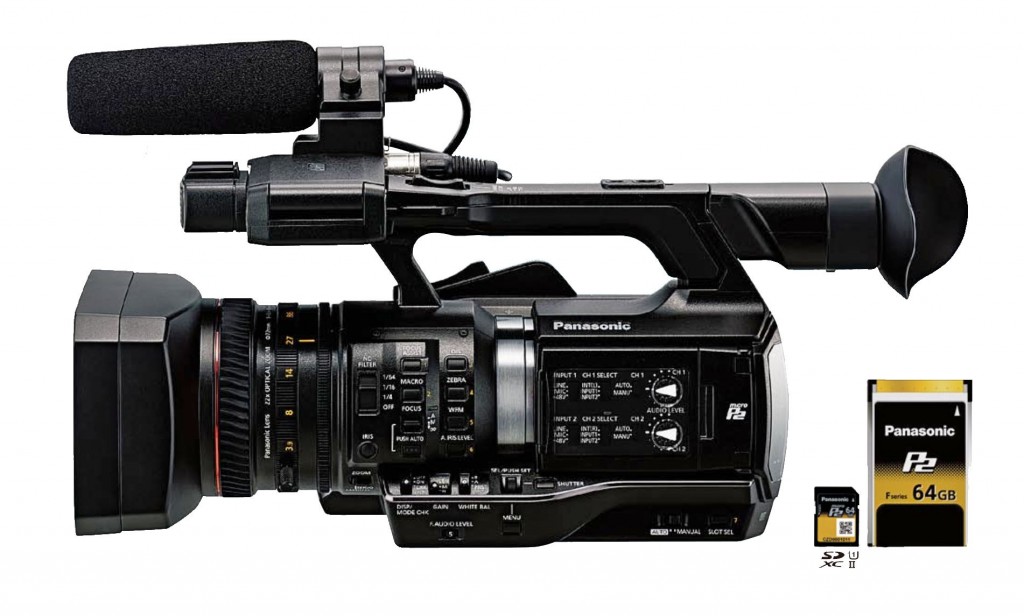
New Panasonic AJ-PX270 combines quality, efficiency and flexibility to produce stunning images for mobile broadcasters.
Addressing the need for high-speed file exchange, the PX270’s high-resolution AVC-Proxy encodes in parallel with higher bandwidth production formats, enabling fast, efficient offline editing, at bit rates from 6Mbps down to 800kbps. The camcorder also offers legacy recording in DVCPRO HD, DVCPRO50, DVCPRO and DV.
“The PX270’s scalable, flexible AVC-ULTRA codec encompasses recording 10-bit 4:2:2 HD at 25Mbps, a dramatic achievement meaning that broadcast-quality HD can be transported over fast broadband networks at high speed, and users can record long-format material to a single or dual microP2 card,” said Mathew Alexander. “The 200Mbps option is a testament to the camera’s flexibility, with its visually lossless compression and master-level quality.”
Vocas kits for the AJ-PX270 can be found here.
A newly designed, compact, 22x zoom lens offers a wide 28mm to tele 616mm (35mm equivalent) zoom range. The PX270’s three manual operation lens rings — zoom, focus and iris provide a comfortable manual control similar to interchangeable lenses, but without the need for actual lens changes. The zoom ring’s solid feel and smooth action allows delicate ultra-slow zooming. In addition, the camera’s multi-step zoom control provides fast response and smooth zoom action, providing the creative freedom every camera operator wants. The zoom control on the handle enables variable speed zoom, allowing fine zoom control even for low angle shots.
Networking functions are included as standard, and options are available to allow for proxy video to be automatically uploaded to the cloud and for compatibility with a planned cloud workflow (scheduled for near future). The PX270 features a Wireless LAN function via an optional Wireless LAN dongle and supports existing Panasonic live uplink solutions. Dongle support for wireless workflow over a mobile 3G or 4G network is also scheduled for the near future.
Accessing these wireless features, PX270 operators can easily uplink low-bit rate proxy data and full-quality broadcast content. The handheld camera’s network function makes the production workflow more efficient and accelerates the broadcasting workflow from shooting to on-air.
Two microP2 card slots enable the ultimate cost-effective operation. The microP2 card, with the same reliability as the P2 card, can be used without an adapter. A P2 card slot and SD card slot are also included.
In addition to 1080/60i, the PX270 supports 1080/24p, 30p, 60p (AVC-Intra100, LongG25, LongG12 only), 720p multi HD format and SD recording. Also, 50i, 50p, and 25p are supported by 59.94Hz/50Hz switching. Variable frame rates in 1080-59.94p in 25 steps from 1fps to 60fps, including 24fps, 25fps and 30 fps, are standard.
Professional interfaces include HDMI out, HD/SD-SDI out, 3G-SDI out to support 1080 60p video output, genlock in/video out for multi-camera operation, timecode in/out, USB 3.0 (host), and USB 2.0 (device). The PX270’s three 2.2M pixel MOS sensors deliver a horizontal resolution of 1000 TV lines; the camcorder achieves high F11 (59.94Hz)/F12 (50Hz) sensitivity and produces excellent images. Minimum illumination is impressive at 0.02lx. Gain control is measured as -3dB to18dB, 1 step=3dB (-3dB is only on High-Sensitivity mode). Super Gain (24,30,36dB) can be assigned to a user button.
The PX270 is equipped with Panasonic’s Emmy Award-winning Chromatic Aberration Compensation (CAC) technology to maximise lens performance; a Dynamic Range Stretch (DRS) function to optimise scene image contrast at the pixel level, reducing overexposure and crushed shadow content and dramatically improving human skin rendition; and a highly accurate flash band detection and compensation algorithm that minimises partial image exposure due to strobe lighting. The camcorder delivers seven-mode (HD/SD/FILMLIKE 1/FILMLIKE 2/FILMLIKE 3/FILM-REC/VIDEO-REC) gamma selection and extensive digital image settings, including 12 + 3 Axis Matrix Control to fine tune skin tone.
Other key features include the industry’s first OLED viewfinder for true-to-life tones, and the industry’s first 1.56-megapixel high-resolution LCD monitor.
Audio capabilities include two, separated XLR audio inputs, and recording up to four channels of 48kHz, 24-bit audio in AVC-Intra formats (16-bit in AVC-LongG, DVCPRO HD, DVCPRO and DV). An XLR connector is conveniently located at the rear, off to the side for easier cable connection during handheld shooting. In another industry first, the audio recording level control is located towards the front for easy adjustment during shooting. Standard features include a wide range of shutter speed in 60i/60p mode (1/60 to 1/2000), 50i/50p mode (1/50 to 1/2000), 30p mode (1/30 to 1/2000), 25p mode (1/25 to 1/2000) and 24p mode (1/24 to 1/2000); Digital Zoom function for 2×, 5× and 10× boosts; and a four-position optical ND filter (OFF, 1/4 ND, 1/16 ND, 1/64 ND.)
*AVC-LongG12 records 8-bit, 4:2:0 video
Specs:
- Sensor
- The 3MOS sensor features 2.2 MP resolution, providing 1920 x 1080p images at up to 60 FPS. It features two menu settings, the default setting and the High Sensitivity setting, which acts a gain boost with noise reduction, providing a cleaner image than just using the gain funtion.
- Signal Processing
- The camera features:
- Dynamic Range Stretch (DRS)
- Advanced Flash Band Compensation (FBC): that compensates for dark areas in the frame that can occur when a still flash goes off, the FBC, adjusts the image to minimize the appearance of the dark areas.
- Gamma Modes: the camera features 7 x user selectable Gamma modes – HD, SD, FILMLIKE 1, FILMLIKE 2, FILMLIKE 3, FILM-REC, VIDEO-REC
- 12 Axis Matrix Control + 3 skin tone: Provides a 12 axis color control of you image, with 3 skin tones control, so you can isolate and adjust your colors precisely, and protect your skin tones.
- Lens
- The 22x optical zoom lens has a 35mm focal length equivalent of 28 to 616mm, so you have the focal range from wide to long covered. It features Optical image Stabilization (OIS), which is necessary when handholding with a long lens. The lens also features individual lens control rings for zoom, focus, and iris. This enables manual control of your lens (in addition to servo), that is similar to the control you get on full sized shoulder mount cameras.
- Frame Rate
- The camera records at standard speeds, 23.98, 25, 29.97, 50, 59.94, it also records at variable frame rates in 1080p.1080 60p: 1,2,4,6,9,12,15,18,20,21,22,24,25,26,27,28,30,32,34,36,40,44,48,54,60 fps
1080 50p: 1,2,4,6,9,12,15,18,20,21,21,22,23,24,25,26,27,28,30,32,34,37,42,45,48,50 fps
- Recording Media
- The AJ-PX270 features slots for available P2, micro P2, and SD cards. This provides you a wide choice of media to choose from. If you already have P2 cards, the AJ-PX270 is compatible with available P2 media cards. It features 2 x micro P2 slots that allow you a variety of recording functions. You can also record to SDHC/SDXC cards in the microP2 slots using reduced data rates. The camera detects the type of card you are recording to, and will display an error message if the card is not capable of recording the selected codec to that card.Please note that no recording media is included with the camera.
- microP2
- Even though microP2 cards share the same form factor as SD cards, they differ significantly.
- microP2 cards feature an internal raid configuration, which allows them to record at significantly higher data rates than SDXC cards.
- microP2 cards continue recording from the physical memory space where it last stopped recording, even if erased or formatted. This extends the usable life of the microP2 card, as all the memory in the card is written to, instead of just a portion getting most of the writing/rewriting.
- Although the microP2 card has the same form factor as SD cards, and you can read and write to SD cards using the camera’s microP2 card slots, an SD card reader cannot access the additional contacts on a microP2 card, so it cannot read the high data rate files on the microP2 card.
- microP2 Recording Modes
- The camera features 2 x microP2 slots, which allows for more recording options than just the single SD or P2 slot.
- Simultaneous recording: simultaneously creates duplicate recordings on both microP2 cards.
- Relay recording: The camera automatically switches recording from a filled card to an empty card. With enough power and memory cards you could record nonstop.
- Loop recording: Similar to Relay Recording, however when the second card is filled, the camera switches back to the first card, erasing one minute at a time, and recording onto that minute. This mode is especially suited to recording events that do not occur at a pre-determined time, allowing you to set the camera up and start recording, and not worry about missing the action while changing cards, or filling up the cache, and losing the shot because you hit record too late.
- Dual codec recording: Allows you to record two different codecs simultaneously on the same microP2 card. This allows you to record a high resolution file and a proxy file on to the same card.
- One clip recording: Every clip on the card is saved as one clip, as if you were recording on a tape based system.
- Background recording: Records continuously to one card, ignoring the start and stop button, while the other card follows the recording triggers. Announced update for June 2014
- P2 Recording
- The AJ-PX270 can record to P2 cards, however, the R, A, and E series P2 cards are limited to 100Mb/s supporting up to AVC-intra100 at 1080i 50/60, 1080p 24/25/30), and these cards do not support the AVC-intra 100 (1080p 50/60) or AVC-intra 200 codecs. The P2 F series card supports the same codecs as the R, A, and E series, but it also supports AVC-intra 100 at 1080p 50/60 and the AVC-intra 200 codec at all frame rates.
- SD Card Recording
- You can record using standard SDHC/SDXC cards in the microP2 card slots, however they will not support recording all the codecs available with microP2 cards. The camera also features a dedicated SD card slot that allows you to record proxy files to an SD card, as well as loading and saving scene files, and updates.
- Networking
- The camera features an Ethernet port that allows you to connect it directly to a LAN (bypassing the need for a computer) and transfer your files to an FTP server with a global IP address.
- Wireless Networking
- The camera uses standard streaming protocols. Using an available AJ-WM30 USB dongle, you can connect the camera to a WiFi network and transfer files to an FTP server. Available third party dongles will allow 4G/LTE connectivity.
- QoS
- The camera supports QoS (Quality of Service) protocols with select devices that support QoS. This allows the camera to resend packets that did not arrive. This function is dependent on the protocols supported by the available receiving device and the compatibility with the AJ-PX270.
- Battery
- The AJ-PX270 is compatible with VW-VB batteries, such as the included VW-VBD58 battery, which is rated at 5800mAh at 7.2VDC and features a battery level indicator. This battery is not compatible with previous Panasonic cameras as it is slightly wider than previous generations of batteries. However, you can use available CGA-D54 batteries to power the AJ-PX270.
The camera features a battery charger and a power supply, so you can charge a battery, while at the same time powering the camera with the separate power supply. You can even hot swap batteries provided the AC adapter is powering the camera when you do. - Excerpts from Press Release

